Sweden Methane Regulation: LDAR Requirements and Compliance
Sweden has introduced robust regulations to curb methane emissions from its oil and gas sector, aligning with the European Union's broader methane strategy. These rules, which came into effect on [date], set stringent requirements for operators to monitor, report, and mitigate methane leaks across their facilities.
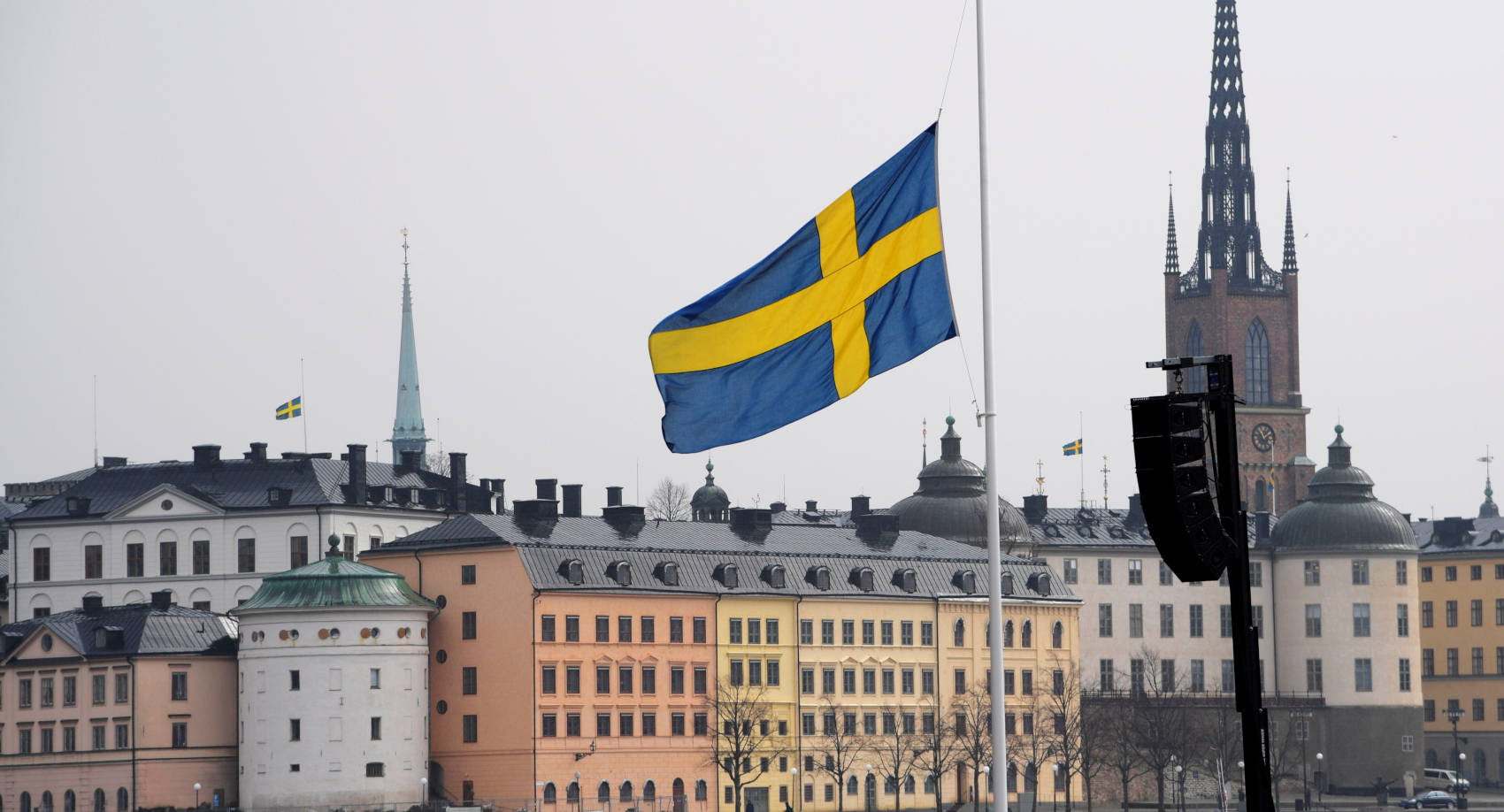
Overview of Sweden's Methane Regulation for Oil and Gas
The Swedish methane regulation is a game-changer for the industry. It pushes companies to adopt best practices in emissions management and invest in cutting-edge technologies. The goal? To drastically reduce the sector’s methane footprint and contribute to Sweden’s ambitious climate targets.
Key Provisions of the Sweden Methane Regulation
- Comprehensive leak detection and repair (LDAR) programs
- Strict limits on venting and flaring activities
- Rigorous emissions monitoring and reporting obligations
- Mandatory mitigation measures for inactive and abandoned wells
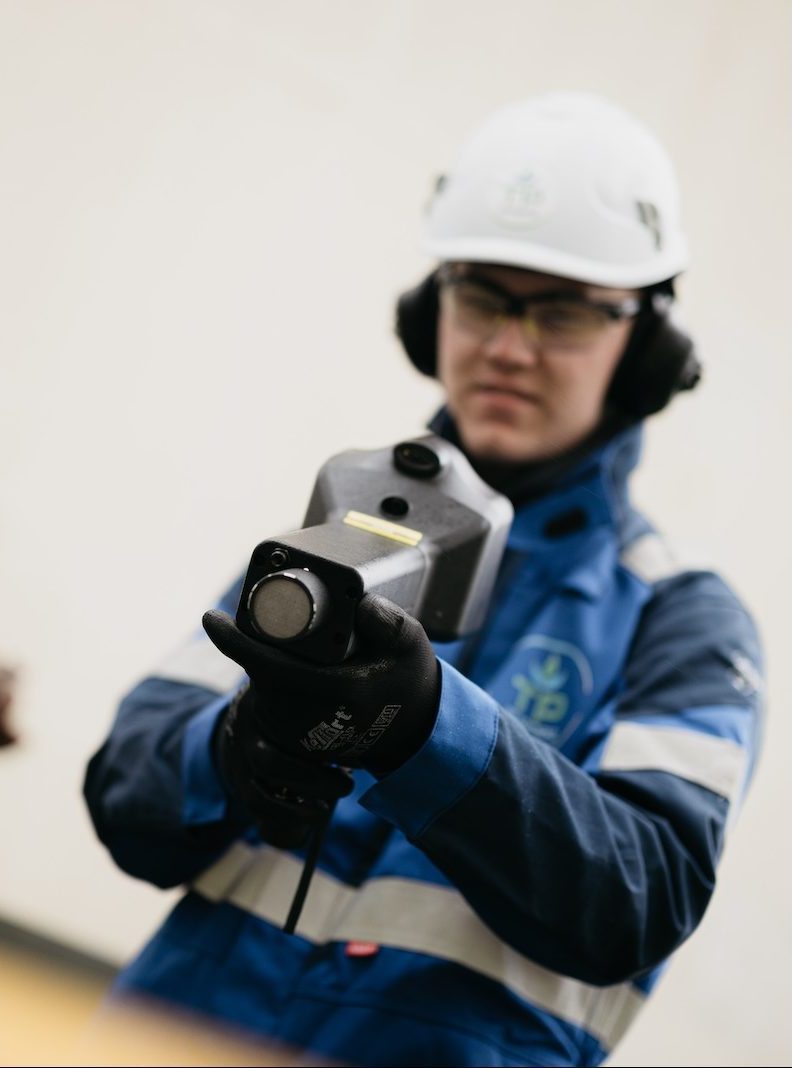
Scope and Applicability of Sweden's Methane Rules
So, who exactly falls under the purview of Sweden’s methane regulation? The rules apply to all oil and gas operators in the country, including:
Operator Type | Covered Facilities |
Upstream | Production sites, gathering & boosting stations |
Midstream | Processing plants, transmission & storage infrastructure |
Downstream | LNG terminals, distribution networks |
Operators must comply with the regulation’s provisions across their entire asset portfolio in Sweden. This comprehensive scope ensures a level playing field and maximum impact in terms of emissions abatement.
LDAR (Leak Detection and Repair) Under Sweden's Methane Regulation
LDAR Survey Frequency Requirements in Sweden
One of the cornerstones of Sweden’s methane rules is the mandatory implementation of LDAR programs. Operators must conduct regular surveys to identify and fix methane leaks at their facilities. The required frequency of these surveys depends on the type of facility:
Facility Type | LDAR Survey Frequency |
Production sites | Quarterly |
Gathering & boosting stations | Bi-monthly |
Processing plants | Monthly |
Transmission & storage infrastructure | Quarterly |
LNG terminals & distribution networks | Semi-annually |
These frequencies are among the most stringent in Europe, reflecting Sweden’s commitment to aggressively tackle methane emissions. By detecting and repairing leaks quickly, operators can significantly reduce their environmental impact.
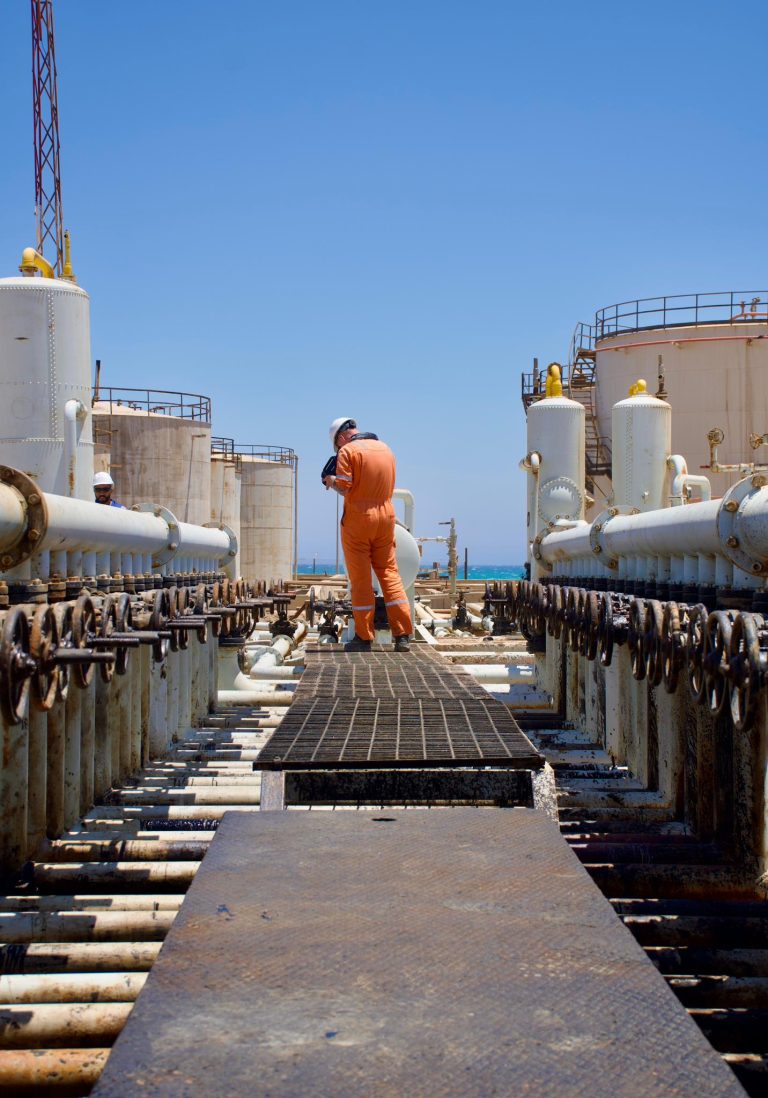
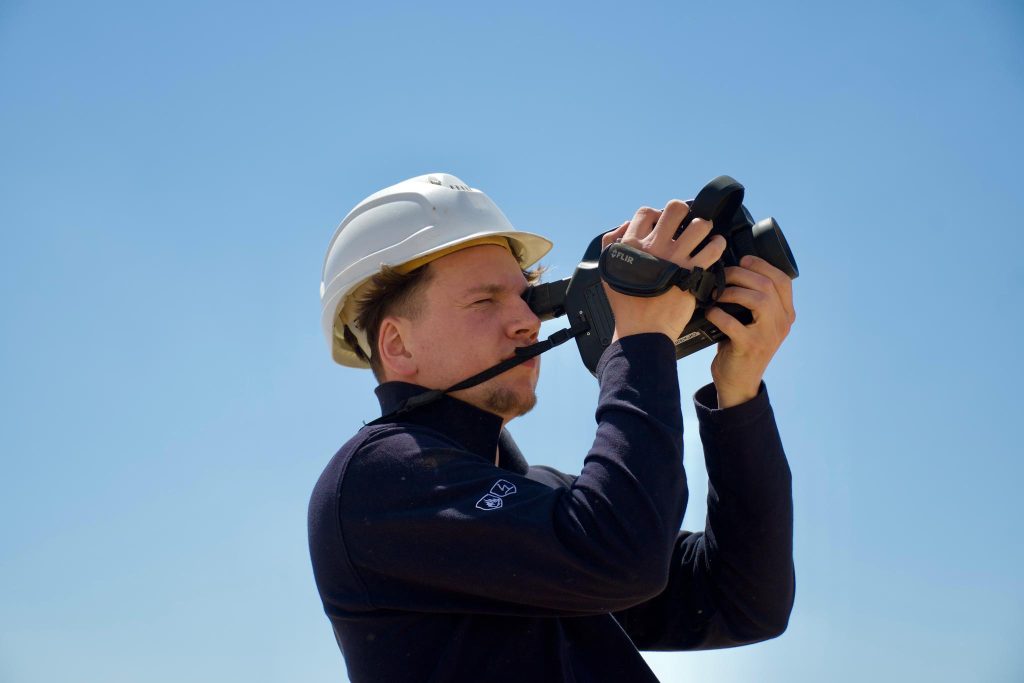
Approved LDAR Techniques and Technologies in Sweden
To ensure the effectiveness of LDAR programs, Sweden’s methane regulation specifies the acceptable techniques and technologies for leak surveys. These include:
- Optical gas imaging (OGI) cameras
- Portable analyzers equipped with flame ionization detectors (FID) or photo-ionization detectors (PID)
- Laser-based remote methane detection systems
- Acoustic leak detectors for underground pipelines
Operators must use one or more of these approved methods to scan their facilities for methane leaks. The choice of technique may depend on factors like the size and complexity of the site, accessibility of components, and environmental conditions.
LDAR Monitoring, Reporting and Verification in Sweden
Alongside conducting regular leak surveys, operators in Sweden must adhere to strict monitoring, reporting, and verification (MRV) requirements for their LDAR programs. This includes:
- Documenting all leak detection and repair activities
- Quantifying the volume of methane emissions from identified leaks
- Reporting LDAR results to the competent authorities on an annual basis
- Engaging third-party auditors to verify the accuracy and completeness of LDAR reports
These MRV provisions are crucial for ensuring the transparency and accountability of methane emission reduction efforts. By providing a clear picture of LDAR performance, they help operators benchmark their progress and identify areas for improvement.

Venting and Flaring Restrictions in Sweden's Methane Regulation
Venting Prohibitions and Exceptions
- Emergency situations that pose a risk to human health or safety
- Maintenance activities that cannot be performed without venting
- Venting from devices that are specifically designed to vent (e.g., pneumatic controllers)
Flaring Efficiency Requirements
While flaring is preferable to venting, it still results in methane emissions due to incomplete combustion. To address this issue, Sweden’s methane rules set minimum efficiency requirements for flaring systems. Operators must ensure that their flares achieve a destruction efficiency of at least 98% for methane.
This high efficiency standard necessitates the use of modern, well-designed flares that provide sufficient heat and mixing for complete methane combustion. Operators may need to retrofit or replace older, underperforming flares to meet the regulation’s requirements.
Inactive, Temporarily Plugged and Abandoned Wells Under Sweden's Rules
Well Inventory and Emissions Monitoring Obligations in Sweden
- Well location and unique identifier
- Type and status of the well (inactive, temporarily plugged, or abandoned)
- Date of last production or injection
- Methane emissions data, if available
Required Mitigation Measures for Inactive and Abandoned Wells
- Conducting LDAR surveys to identify leaks from well components
- Repairing or replacing leaking components within a specified timeframe
- Installing permanent plugs or other barriers to prevent methane migration
- Reclaiming and remediating well sites to reduce the risk of future emissions
Methane Emissions Reporting Requirements for Sweden Operators
Methane Emissions Quantification and Reporting Standards in Sweden
Accurate and consistent methane emissions reporting is essential for tracking progress under Sweden’s methane regulation. Operators must quantify and report their methane emissions on an annual basis, using standardized methodologies and emission factors.
The regulation aligns with the OGMP 2.0 Reporting Framework, which sets a gold standard for methane transparency. This means operators must report their emissions at the asset level, broken down by source type (e.g., fugitive, vented, flared). They must also use direct measurement techniques wherever possible, rather than relying on estimates.
Third-Party Verification of Reported Methane Emissions Data
To ensure the integrity of methane emissions reporting, Sweden’s regulation requires third-party verification of operator data. Independent auditors must review the emissions reports and confirm that they meet the required standards for accuracy, completeness, and consistency.
The verification process includes site visits to check monitoring equipment, review data collection procedures, and assess the operator’s overall methane management practices. Auditors must be accredited by a recognized body and demonstrate expertise in methane emissions quantification.
By subjecting emissions reports to external scrutiny, Sweden’s regulation helps to build public trust in the industry’s methane reduction efforts. Verified data can be used to benchmark performance, identify best practices, and drive continuous improvement.
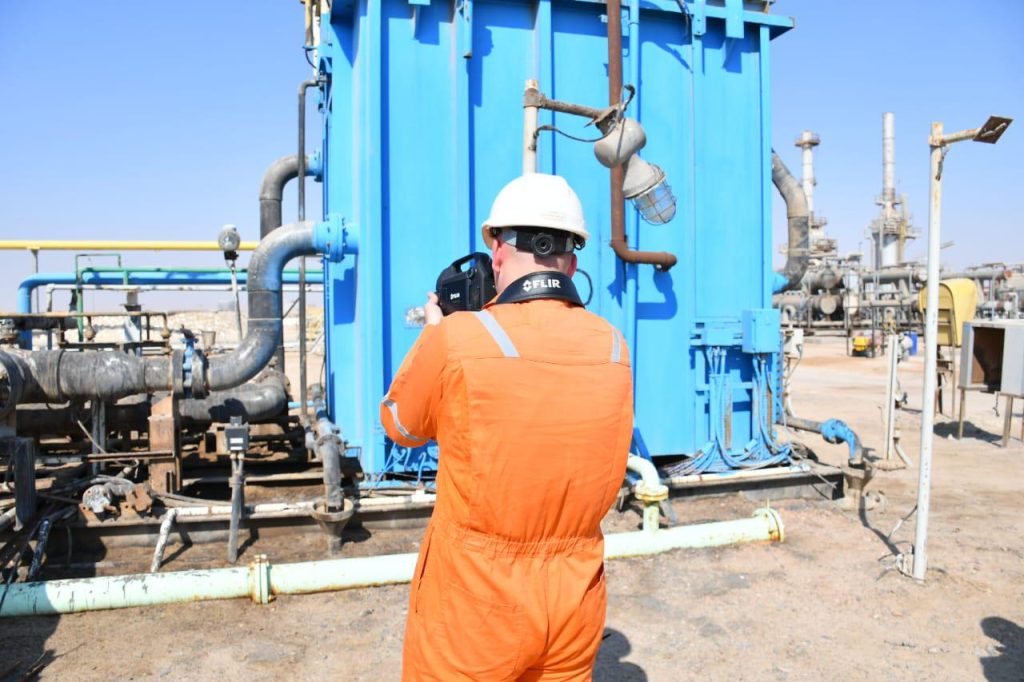
Penalties for Non-Compliance with Sweden's Methane Regulation
Inspections and Enforcement by Competent Authorities
Compliance with Sweden’s methane rules is not optional. The regulation gives competent authorities the power to inspect oil and gas facilities and enforce the methane requirements. This includes:
- Conducting announced and unannounced site visits
- Reviewing LDAR records and emissions reports
- Issuing corrective action orders for non-compliant facilities
- Imposing financial penalties for violations
Operators must provide access and assistance to inspectors, including providing relevant documents and answering questions about their methane management practices. Failure to cooperate with an inspection is itself a violation of the regulation.
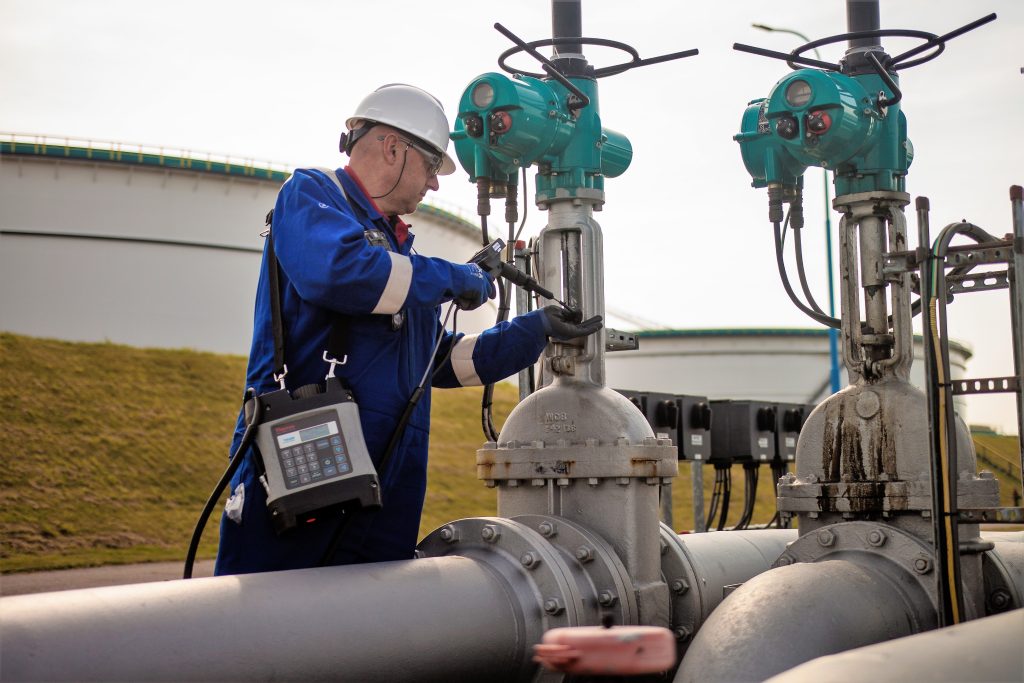
Fines and Other Penalties for Methane Regulation Violations in Sweden
The penalties for non-compliance with Sweden’s methane rules are steep. Operators can face fines of up to [amount] per day for each violation, such as:
- Failing to conduct required LDAR surveys
- Venting methane outside of allowed circumstances
- Failing to report emissions data or submitting inaccurate reports
- Not implementing mitigation measures for inactive and abandoned wells
In addition to financial penalties, operators may also face operational restrictions or lose their license to operate in severe cases of non-compliance. These consequences create a strong incentive for companies to take their methane obligations seriously.
How TP Europe Supports LDAR Compliance with Sweden's Methane Rules
TP Europe's LDAR Services and Technologies for Sweden Operators
Complying with Sweden’s stringent LDAR requirements can be challenging, especially for operators with large or complex facilities. That’s where TP Europe comes in. Our company offers a comprehensive suite of LDAR services and technologies to help oil and gas companies in Sweden meet their methane obligations. This includes:
- Conducting LDAR surveys using OGI cameras, portable analyzers, and other approved methods
- Providing advanced technologies like drone-mounted sensors and continuous monitoring systems
- Managing LDAR programs from start to finish, including planning, execution, and reporting
- Training operator personnel on LDAR best practices and regulatory requirements
With our expertise and state-of-the-art equipment, we can help operators detect and repair methane leaks quickly and efficiently. Our LDAR solutions are tailored to the unique needs of each facility, ensuring maximum effectiveness and compliance.
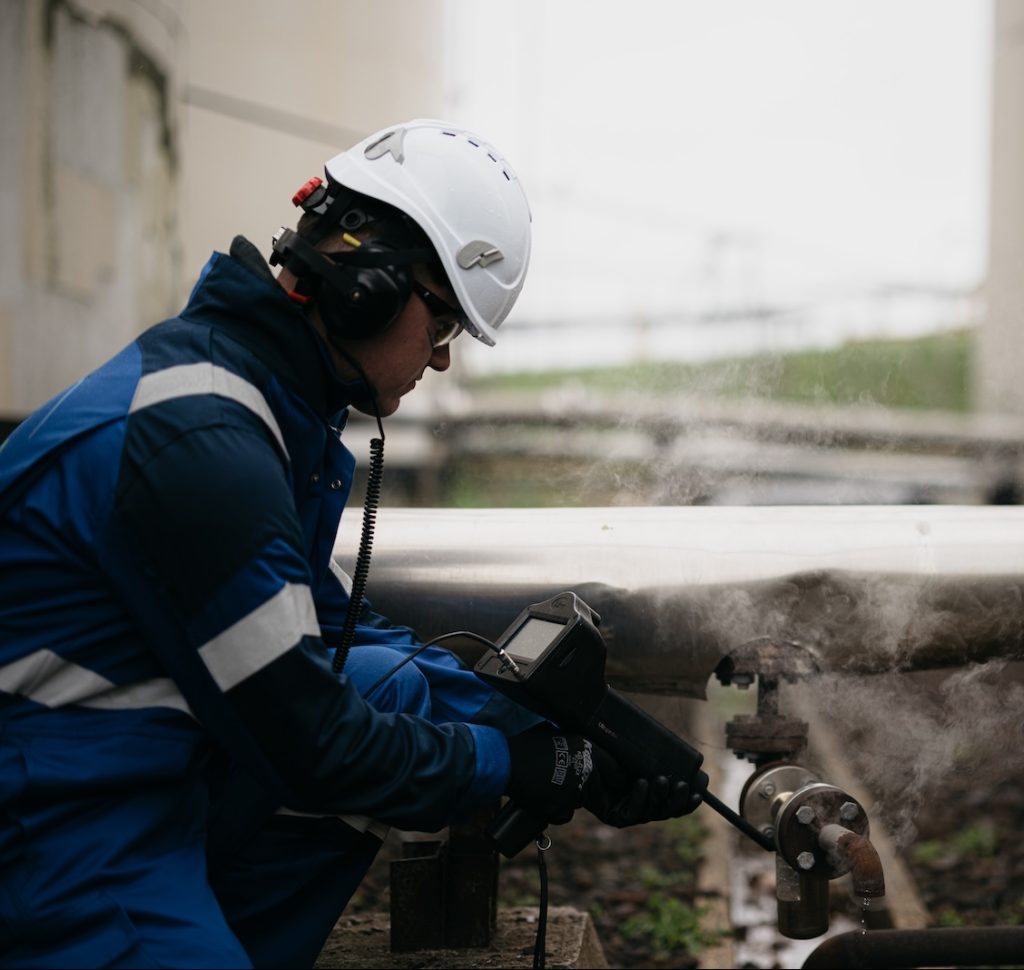
Methane Emissions Quantification and Reporting Assistance
Accurate methane emissions quantification and reporting is crucial for complying with Sweden’s regulation. TP Europe offers comprehensive support for this critical task, including:
- Developing methane emissions inventories and calculating emission factors
- Implementing direct measurement techniques like high-flow sampling and bagging
- Preparing annual emissions reports in accordance with OGMP 2.0 standards
- Coordinating third-party verification of emissions data
Our team of methane experts has deep experience in quantifying emissions across the oil and gas value chain. We stay up-to-date with the latest measurement technologies and reporting frameworks to ensure our clients are always in compliance.
Training and Advisory on Sweden's Methane Regulatory Obligations
- Workshops on the key provisions and requirements of the regulation
- Guidance on developing LDAR programs and methane management plans
- Advice on selecting appropriate measurement and mitigation technologies
- Updates on regulatory changes and best practices in methane emissions reduction

CCO TP Europe.
Joey, Chief Commercial Officer at TP Europe, thrives in sales, drawing satisfaction from client happiness and the company's growth. His dedication to staying connected to the field and ambition for global expansion are key to driving our mission forward.
Published: Tp Europe
